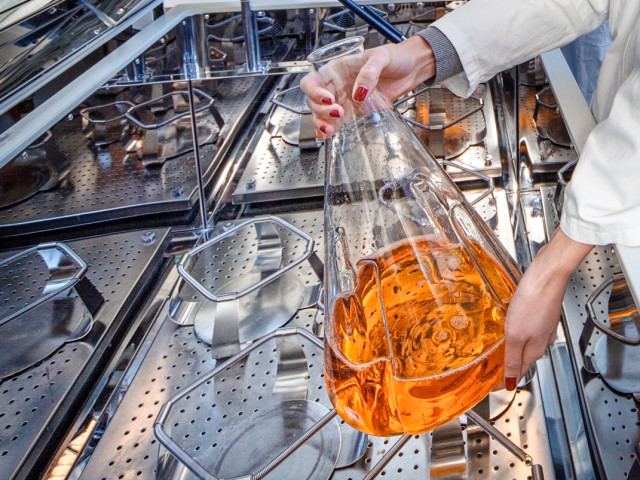A basic understanding of how fibers from mainly wood can be liberated from the wood, characterized and modified to be used in such different products as hygiene materials, packaging materials, different paper qualities and an insight into the research front for how fibers can be used in new materials for eg energy storage and advanced composites.
A large focus will be on
- explaining how the hierarchical structure of the fibres is related to the properties of the materials produced by the fibres and the examples given in the course are collected from hygiene materials, packaging materials, paper and composites.
- describing how fibres interact with moisture and water and how this can be described in a basic way and controlled to achieve optimal properties
- giving examples of how fibres can be chemically and physically modified
